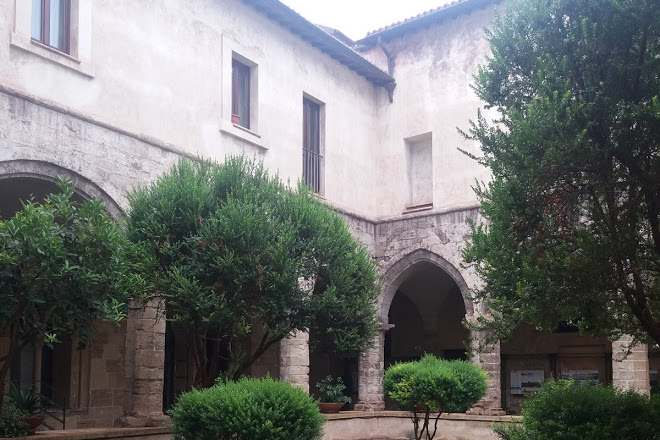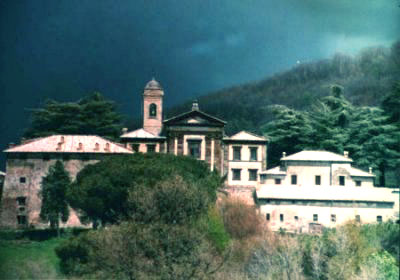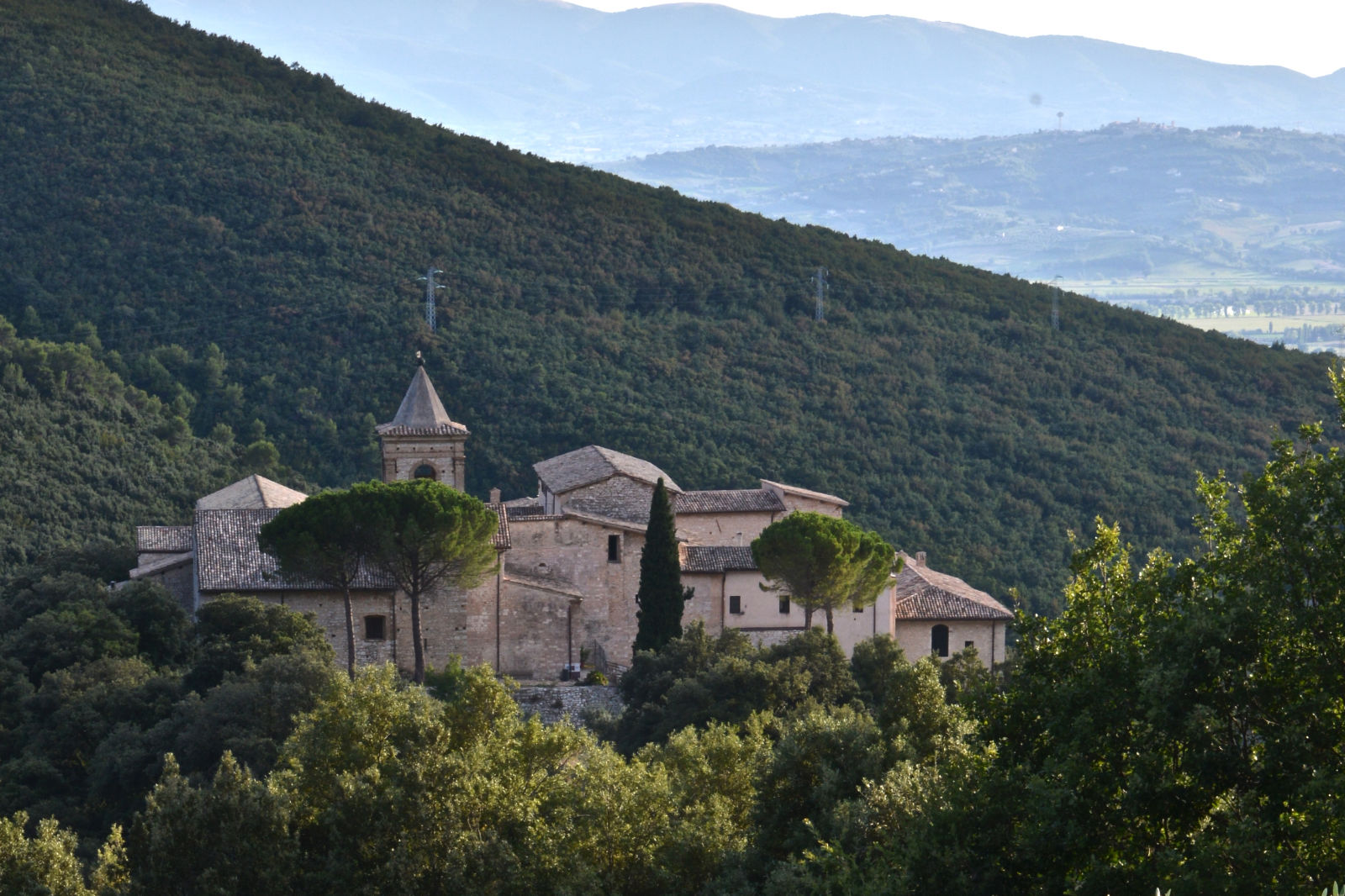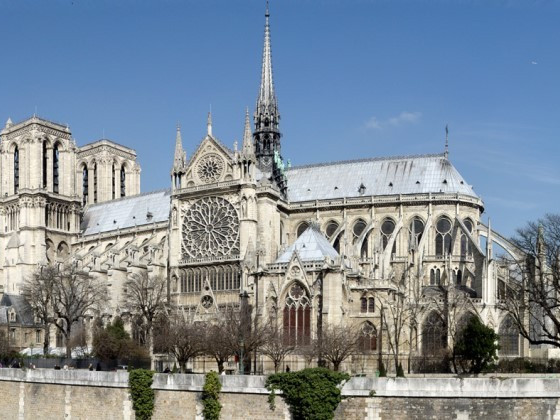The convent of S. Domenico, in its current arrangement, dates back to the middle of the 14th century. It was built, therefore, fifty years after the church of the same name. In the same place, starting at least from the last twenty years of the IX century, the foundation of the monastery of S. Pietro Imperiale is already attested and the documentary sources also report that some time later, in 1080, Duke Roberto il Guiscardo granted the Benedictines of Montecassino the Taranto prepositura (the seat of the prelate, or parish priest). The original configuration of the monastic complex has been completely modified by frequent renovations, the most evident of which, between the 17th and 18th centuries, can be recognized in the present forms of the cloister. The monument underwent major transformations as a result of some changes of use, such as the location of a cavalry barracks, with the suppression of the Monastic Orders between 1806 and 1809, or the assignment to headquarters of the Command of the Royal Guardia di Finanza after the unification of Italy. The renovation works of the monumental complex have allowed the recovery of the Gothic façade, with a portal flanked by mullioned windows, which currently overlooks the eighteenth-century cloister, but which originally led into the garden, also used for funerary functions, as has emerged from the stratigraphic investigations carried out during the restoration works and as currently documented by the two carparo sarcophagi preserved in the green space.
The cloister, with an irregular plan with arms characterized by cross vaults, has columns with corner-leaf capitals made in the local carparo. Moreover, some sectors of the late paving of the covered path are preserved, in terracotta blocks arranged in herringbone or linear rows. Of the pictorial decoration of the wall surfaces, originally plastered, weak traces of religious subjects are still visible on the eastern wall of the portico. The archaeological research carried out between 1989 and 1994 involved some rooms of the convent on the ground floor overlooking Via Duomo, the cloister garden and the northern wing of the cloister close to the wall and the southern foundation of the church of S. Domenico, allowing us to analyse the complex and continuous phases of occupation of the site, from prehistoric times to the events connected with the abandonment and definitive degradation of the monastic building in modern times. The oldest urban presence dates back to the Neolithic period, starting from the 6th and up to the 4th millennium BC. The settlement of the second millennium (Bronze Age) is closely related to those of the nearby Scoglio del Tonno (in the area now occupied by the railway) and Porto Perone – Saturo, affected by Mycenaean frequentation. Subsequent traces refer to structures of the Iron Age Iapigio settlement (10th-8th century B.C.), on which the Spartan colony was set up. Along the wing













